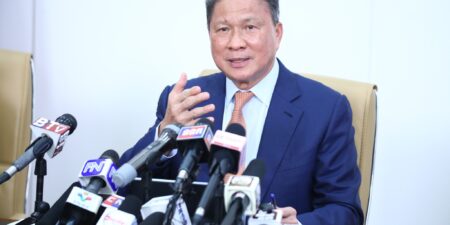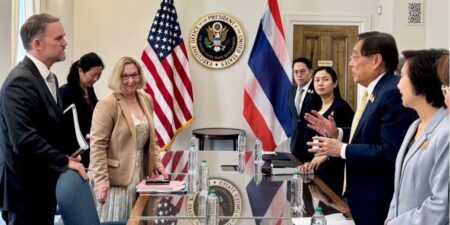The BGA India Team, led by Managing Director Ratan Shrivastava, wrote an update to clients on the fifth annual India-United States 2+2 Dialogue.
Context
- The fifth annual India-United States 2+2 Dialogue was held in New Delhi November 10, with U.S. Secretary of State Antony Blinken and Secretary of Defense Lloyd Austin holding discussions with their Indian counterparts External Affairs Minister S. Jaishankar and Defense Minister Rajnath Singh.
- The dialogue was held on the eve of Diwali, signaling its significance. The leaders reviewed the progress made in defense collaboration, technology value chains, space, logistics cooperation and people-to-people ties in the shadow of the growing global crisis in the Middle East and the ongoing conflict in Ukraine.
Significance
- The dialogue focused on advancing the priorities set earlier in the year with Prime Minister Narendra Modi’s state visit to the United States and U.S. President Joe Biden’s visit to India as part of Group of 20 summit. The 2+2 dialogue reiterated the U.S.-India commitment toward a shared vision of a free and open Indo-Pacific in a complex and challenging geopolitical landscape. The dialogue took place just before the upcoming Asia-Pacific Economic Cooperation summit in San Francisco and will be followed by elections in the United States and India in 2024 as both countries seek tangible results in keeping with their roles as leading democracies.
- The 2+2 dialogue reaffirmed Indian alignment with the Quad in addressing global challenges, and India has agreed to host the next Quad summit in 2024. At this summit, global issues important to both democracies will be discussed such as the Israel-Hamas conflict, the state of the Ukraine war, the relationships of the United States and India with Taiwan, the assessment of security in the Indo-Pacific, artificial intelligence and cybersecurity.
Implications
- Defense collaboration remains one of the most important pillars for India-U.S. ties and has enabled the countries to carry out common military exercises, integrate their industrial bases and share emerging technologies initiated under the Roadmap for U.S.-India Defense Industrial Cooperation 2023. The two countries have increasingly enhanced cooperation in the strategic domain through recent deals such as the U.S. supply of MQ-9 predator drones, U.S. manufacture of engines for Indian fighter jets and semiconductor manufacturing. India and United States are also members of common plurilateral frameworks such as the I2U2 economic cooperation between Israel, India, the United Arab Emirates and the United States; the U.S.-initiated Indo-Pacific Economic Framework agreement; and the India-Middle East-Europe Economic Corridor.
- With the United States emerging as India’s largest trading partner for the second consecutive time in fiscal year 2023, the dialogue emphasized the growing potential for bilateral trade to exceed $200 billion this year despite a challenging global trade environment. Both sides identified numerous areas for future collaboration, including multilateral cooperation, pandemic preparedness and response, health safety and security and universal health coverage.
We will continue to keep you updated on developments in India. If you have questions or comments, please contact BGA India Managing Director Ratan Shrivastava at ratan@bowergroupasia.com.
Best regards,
BGA India Team


























